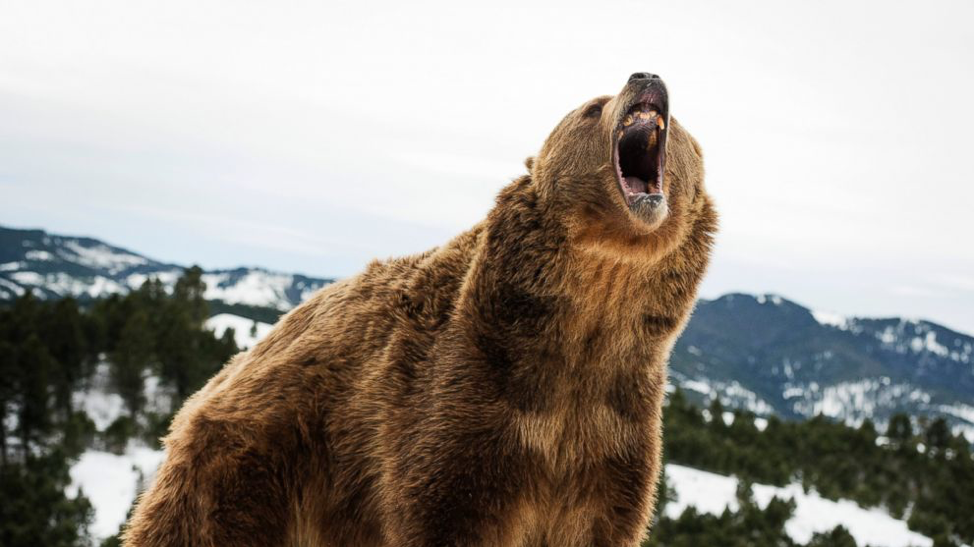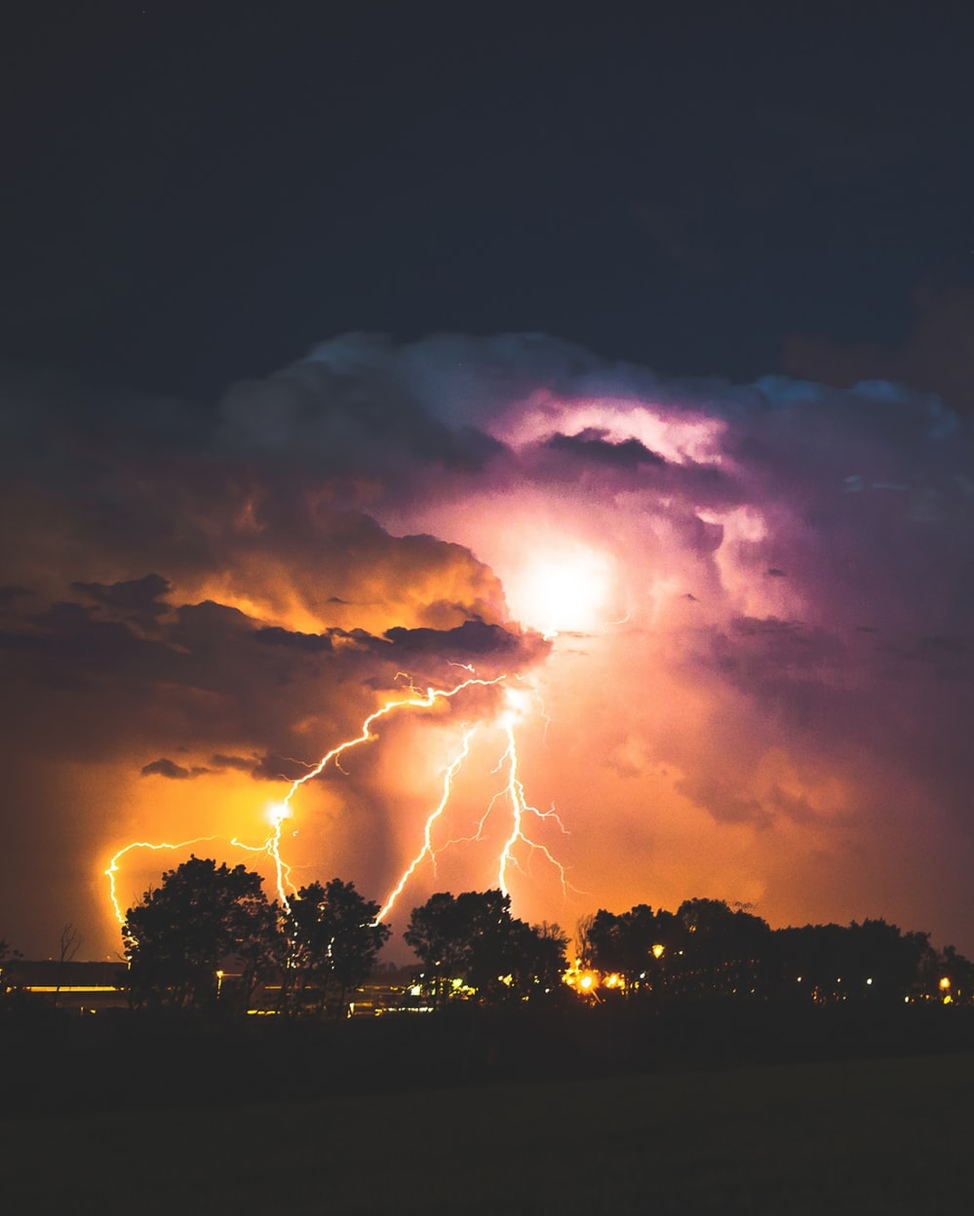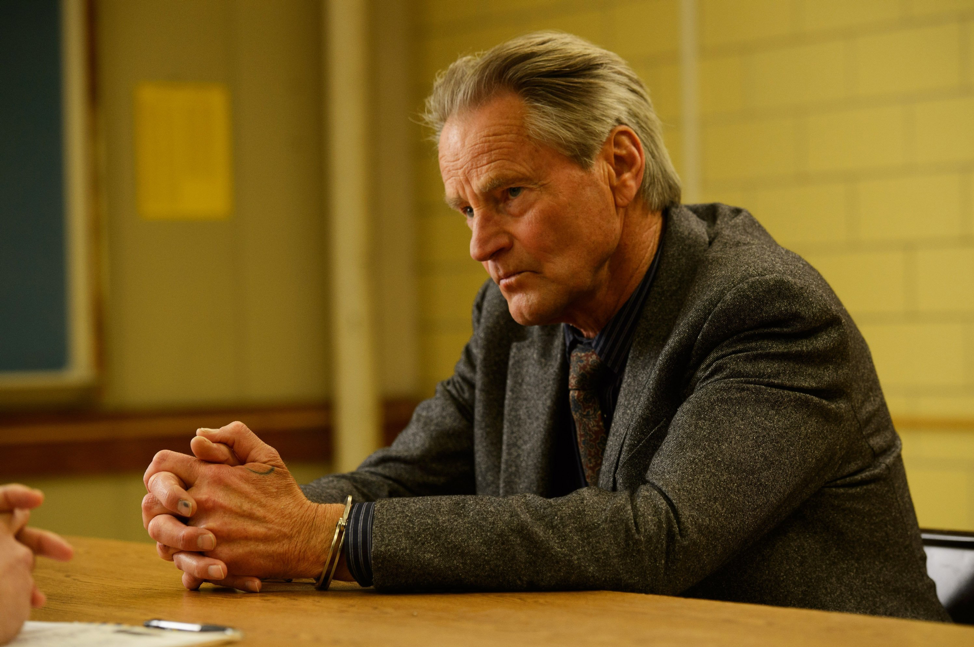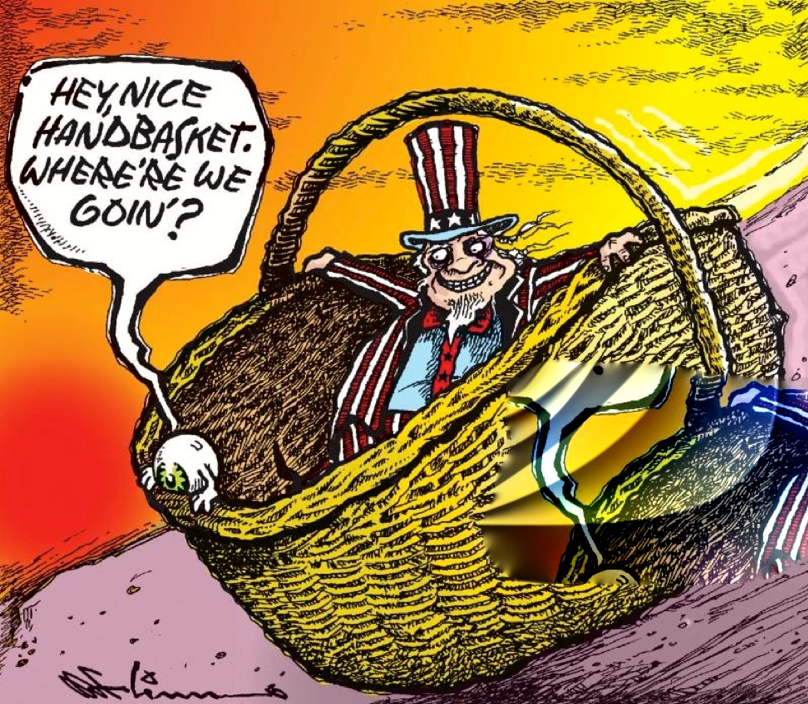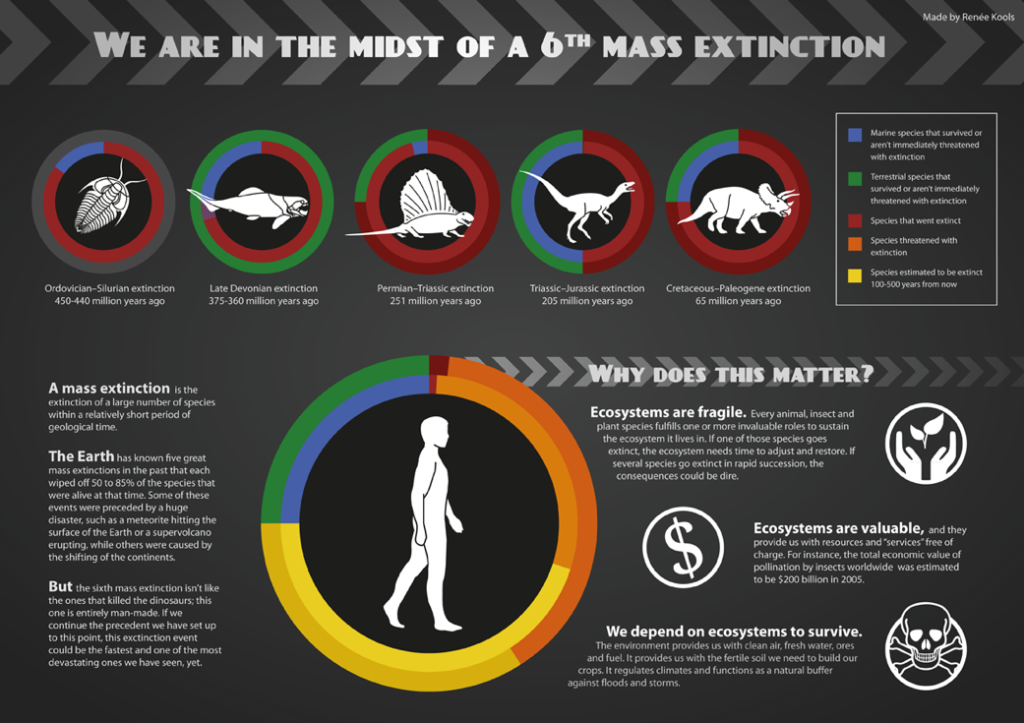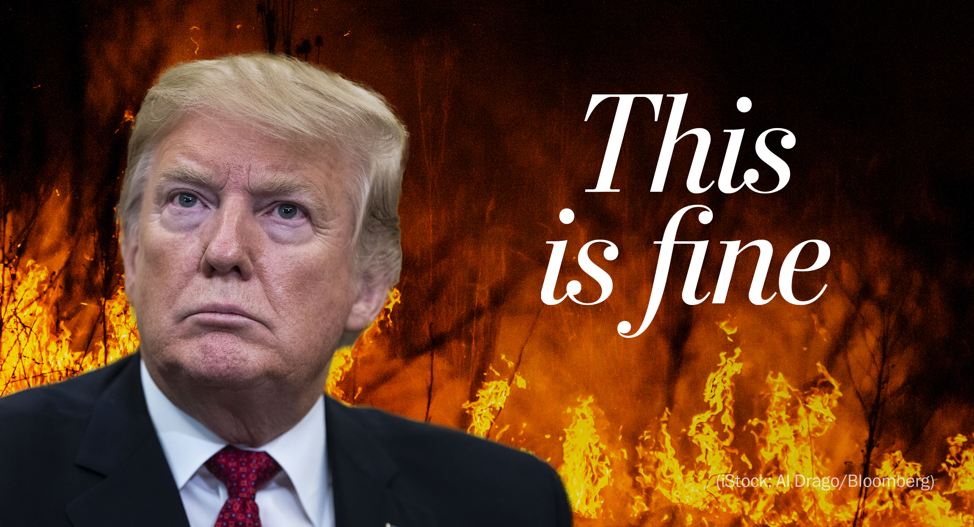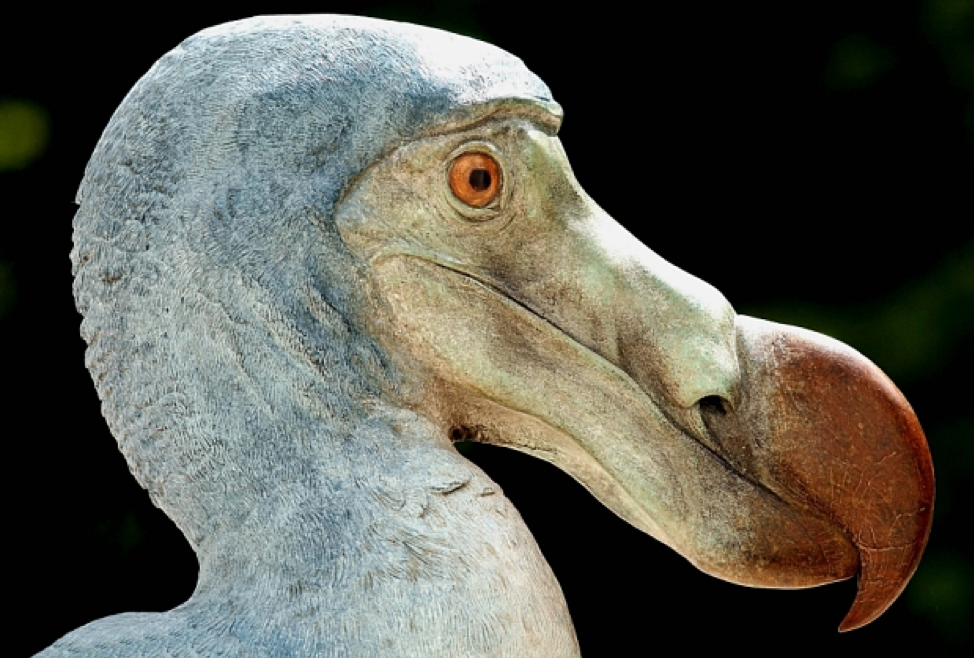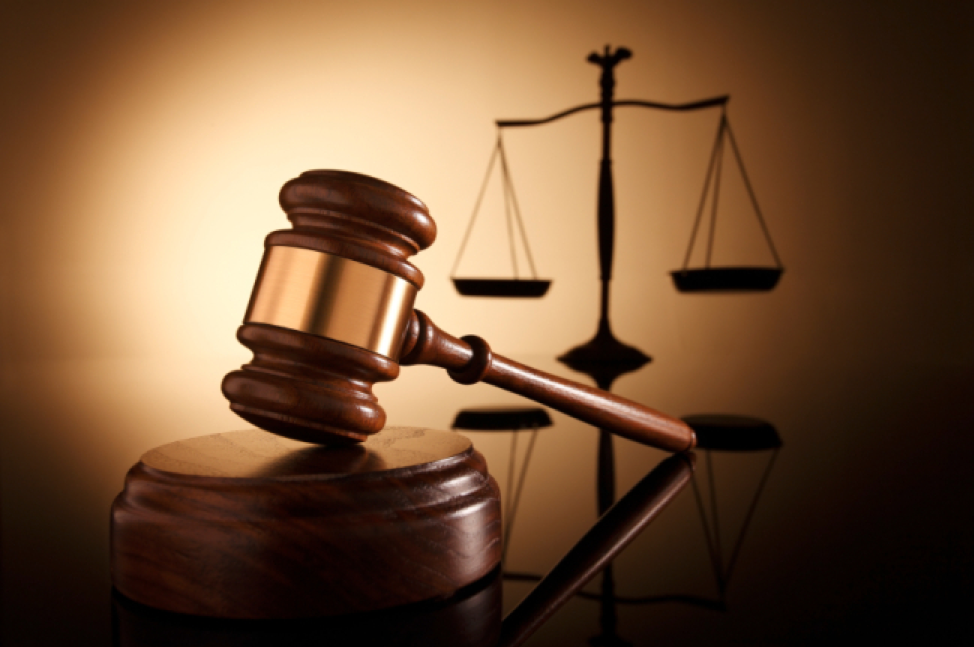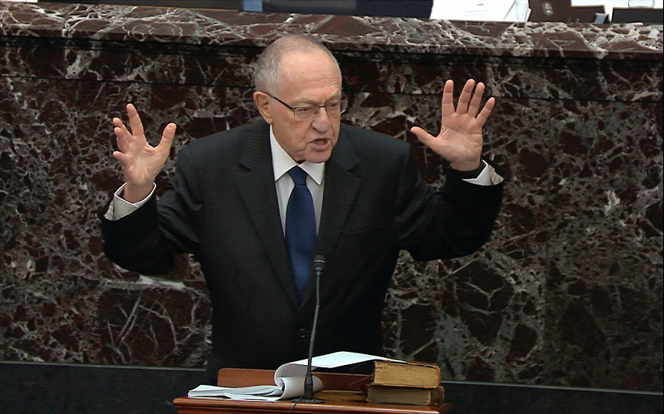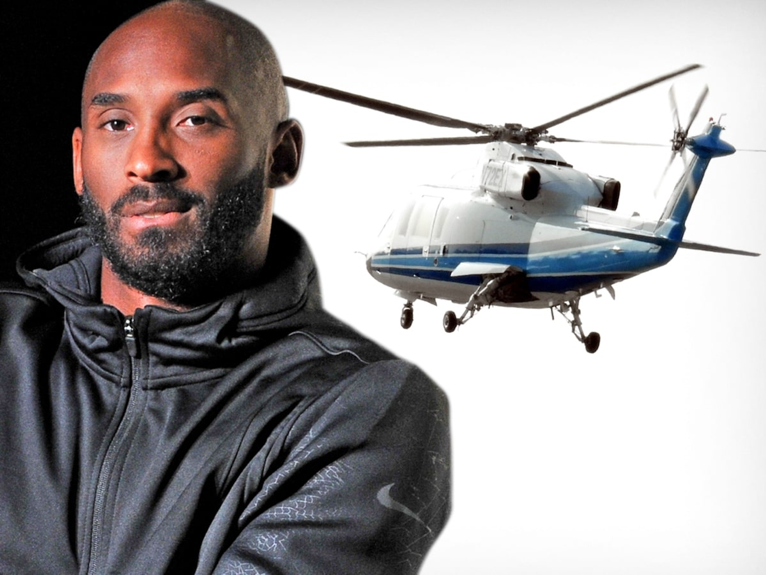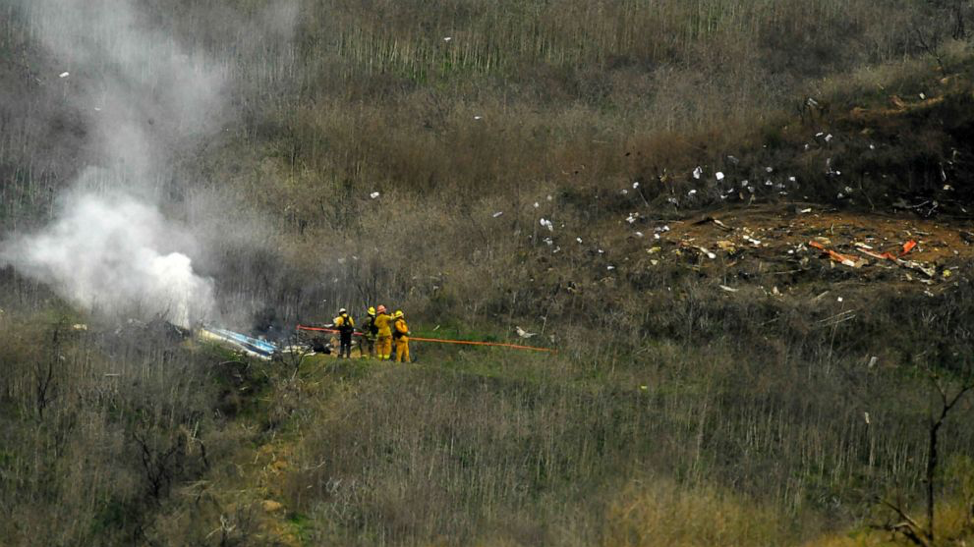
This is the bus I take from home to my downtown “office” on Tuesdays and Thursdays. Marilynn comes with me every Thursday. She hates the bus but loves me, so she bites the bullet and rides along. I love both her and the bus… in that order.
Over the years I’ve made a number of friends on my bus commute – all women. I got to know two of them well enough to have an occasional lunch with them. One, Mary Lou, lost her husband Bob unexpectedly and her confusion and grief were palpable. Not long after Bob’s death she moved away and we no longer share the bus ride. I often wonder how she’s doing? The younger one, Linda, has two children in Middle School. She’s married to Mark, a former airline pilot. He flew for Aloha and commuted to Honolulu. It was the job he’d always dreamed of but after two furloughs he gave it up. Now he drives a bus for King County Metro just like the one I ride to work. It pays well and he has a stable life with Linda and their kids. No more white scarf and leather flight jacket glamor but a healthy family life.
I find the bus commute endlessly interesting. Sometimes I listen to an Audible book. Last week it was James Taylor’s autobiography “Break Shot” about his first 21 years. Fascinating. If you read this blog often you know how much I like James and his songs. On other days, I check out the riders or hunker down as the rain splatters the windows. Usually I count the number of passengers who are staring at their phones and calculate the percentage of phone addicts. Today, of the 11 passengers I could see, 9 were staring at their phones. There was a time…
I finished Break Shot over the weekend, so this morning I started a new novel by Jenny Offill. Weather is short and oddly aphoristic. Vignettes. Musings. Jump cuts. I don’t really have time to read another novel; I’m in the middle of two other books but Weather was very seductive. Two weeks ago it was reviewed on the cover of the New York Times Book Review and again in the New York Times Magazine. I’d never seen that much positive attention devoted to a new novel by a mostly unknown writer. Granted, American Dirt, the story of a Mexican immigrant family by a half-Puerto Rican woman novelist, has been sucking all the politically correct air out of the book reviewing business, but Weather is not in the news because it’s controversial. It’s just good creative literature.

I’m not quite halfway through but I’m awestruck by how simple and complicated it is at the same time. The paragraphs are short little chunks of a bigger story about Lizzie, a grad school dropout, her son, Eli, and her grad school professor/mentor, Sylvia. In less than 200 pages the author takes us on a sweeping journey from Eli’s preschool to global climate change, alt-Right and leftwing politics, a peek inside Lizzie’s head, and back to the Help Desk at the university library where she works.
Good writing is always about the story. It might be told monumentally, as in Tolstoy’s War and Peace, or in short curt passages like Hemingway’s The Old Man and the Sea. It might be a graphic novel about mental health like Marbles or a children’s book like Goodnight Moon. A good story is a good story, but as a writer I especially admire those who bring something new to the craft.
I was married to a visual artist who maintained she could teach anyone to draw. I disagreed but wasn’t willing to test her belief. On the other hand, I understood her point; a skilled draftsman is not necessarily a creative artist. Visit any art fair and you will see drawings and paintings that catch your eye for their realistic depiction of a scene, but the creative process is something more. Whether it’s a painting or a novel, the creative artist delivers his or her material in a different consciousness raising way.
We live in perilous times. Science tells us we are destroying the planet and may soon pass the point of no return. Both sides of the political spectrum are weighing in – and testing extreme positions while those of us in the middle struggle to find a reasonable way to address the Doomsday scenario. Weather addresses these issues in fiction. Many of us have little Eli’s in our family and wonder what the planet will look like when they are our age. Here are two of mine in the Paris catacombs.

We can’t let them down. We have to act; to affirm the science, combat atmospheric emissions, keep the busses running, cultivate friendships, keep writers writing, painters painting, and work to assure our kids’ futures. Thank Jenny Offill for reminding us.
Q: What is the philosophy of late capitalism?
A: Two hikers see a hungry bear on the trail ahead of them. One of them takes out his running shoes and puts them on. You can’t outrun a bear, the other whispers. I just have to outrun you, he says. (Weather, p.44)
